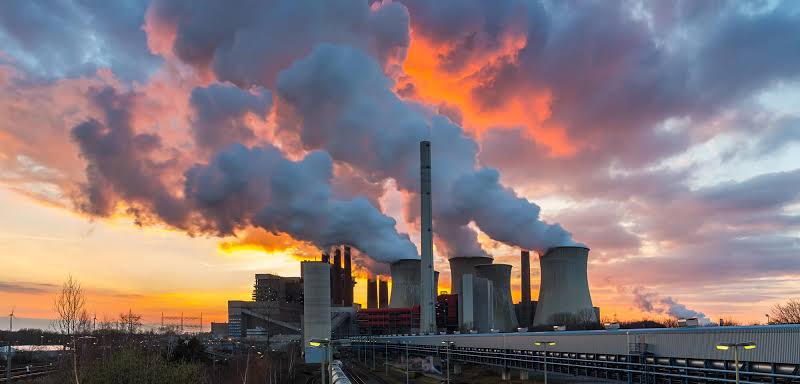Regarding the web of industries, industrial waste is the tangled aftermath that is often overlooked.
But what exactly constitutes industrial waste, and why should you care?
Definition of Industrial Waste
When defining industrial waste, it’s essential to recognize the numerous materials produced at some stage in manufacturing techniques that can harm the environment. These substances contain chemicals, solvents, metals, and other byproducts, often poisonous or non-biodegradable.
Industrial waste can take various forms, together with beverages, sludge, gases, and solids, which pose unique risks to the surroundings and human health.
Improper industrial waste disposal can pollute water resources, soil, and air and damage the natural world. Understanding the sorts of industrial waste generated through one-of-a-kind industries is critical for enforcing effective waste management practices that decrease environmental impact and shield ecosystems.
Proper handling and disposal of commercial waste are necessary to ensure a sustainable and secure environment for future generations.
Types of Industrial Waste
Exploring the diverse categories of industrial waste sheds light on the range of pollutants generated by manufacturing processes. When considering types of industrial waste, three main categories emerge:
– Solid Waste:
– Includes materials like scrap metal, plastics, and paper waste.
– Liquid Waste:
– Involves wastewater from industrial processes containing chemicals and toxins.
– Gaseous Waste:
– Consists of emissions like sulfur dioxide and nitrogen oxides released into the atmosphere.
Understanding these distinct types is crucial for implementing effective waste management strategies and understanding the environmental impact of industrial activities.
Sources of Industrial Waste
Understanding the diverse categories of industrial waste lays the groundwork for identifying the primary sources that contribute to generating pollutants in manufacturing processes.
Factories and industries produce waste from different activities. These activities include making things from raw materials, which creates waste like leftover materials, packaging, and things released into the air.
When machines and equipment are cleaned, fixed, or replaced, they also make waste. This waste comes from the materials and chemicals used in these processes.
Leftover materials and chemicals are sometimes thrown away incorrectly, adding to the industrial waste.
Knowing where this waste comes from helps us find better ways to manage it and lessen its environmental impact.
Impacts of Industrial Waste
Industrial waste is bad for the environment and people’s health. It’s dangerous because it contains toxic chemicals that can spread and hurt things. If we don’t handle industrial waste properly, it can cause big problems for nature and communities.
Here are some ways it can harm:
Water Pollution: Industrial waste has chemicals that can get into the water and hurt fish and other water animals.
Air Pollution: When we don’t properly dispose of industrial waste, it releases bad fumes into the air. Breathing in these fumes can make people sick and make the air dirty.
Soil Contamination: Industrial waste can seep into the ground and make the soil toxic. This can stop plants from growing well and might even make food unsafe.
Managing industrial waste properly is essential to protect our environment and keep people safe.
Management of Industrial Waste
Considering how industrial waste affects the environment and people’s health, it’s essential to have good plans to handle it well. These plans help make sure we have a healthy future.
To handle industrial waste well, companies need to focus on reducing waste right from where it starts. They can do this by making production processes better and using cleaner technologies. It’s also important to separate different types of waste properly so that they can be recycled or disposed of safely.
Regularly checking how much waste is made and following rules are essential. Getting help from waste experts and local authorities can give good advice on what to do.
It is really important to train employees on how to deal with waste properly. If companies do this, they can have less impact on the environment and make the planet healthier.
Conclusion
Industrial waste is any waste made by factories and other industries when they make things. It includes different kinds of waste like chemicals, metals, and plastics. All these things hurt the environment every day.
Industrial waste is produced by factories, power plants, and construction sites. It can harm the environment and people’s health. Good industrial waste management helps reduce these effects and keeps things sustainable.

